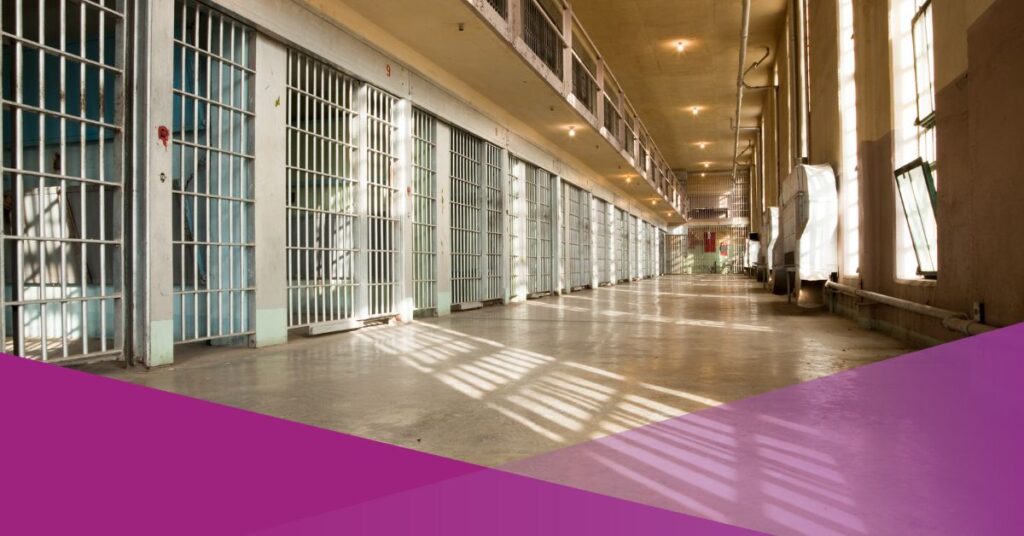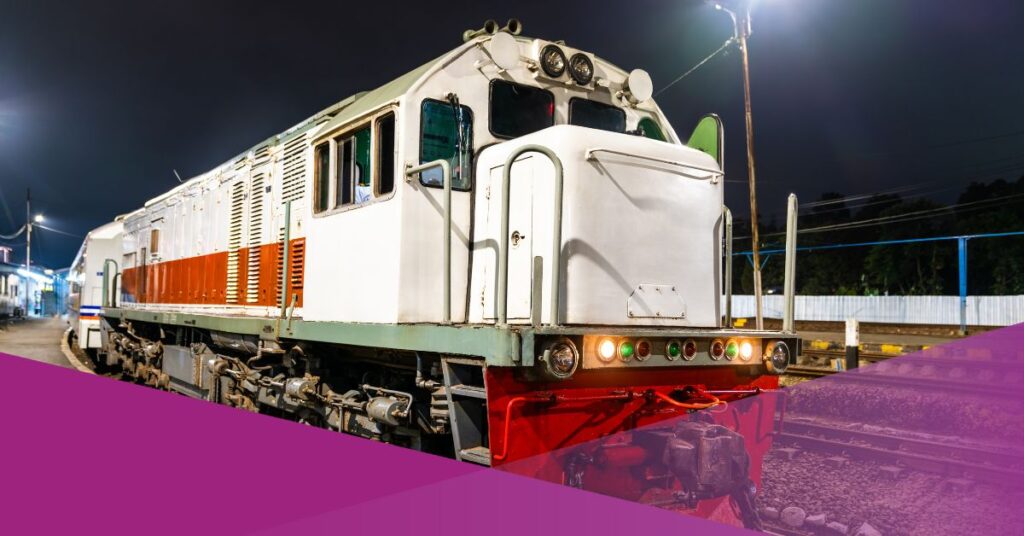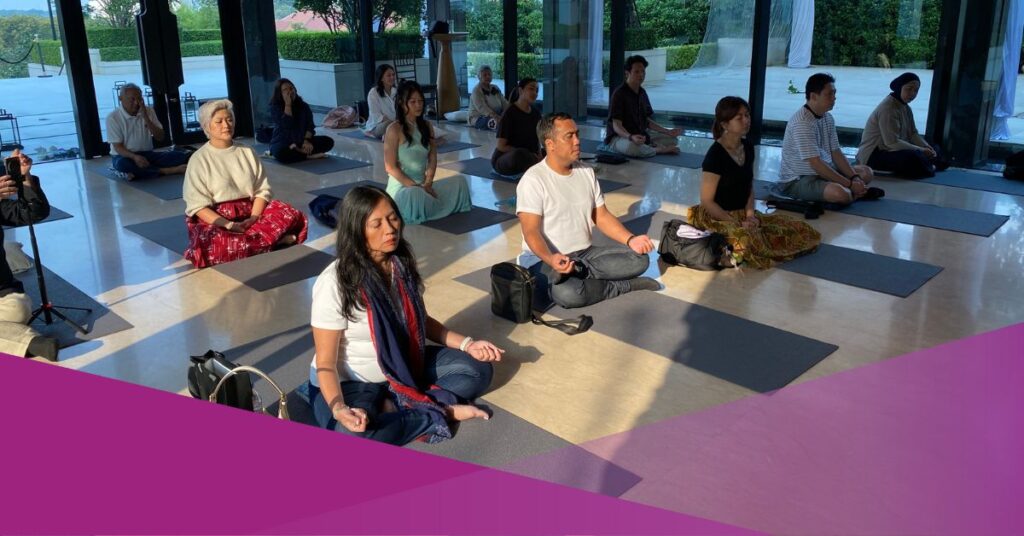The largest women’s correctional facility in Bali is scheduled to begin operations in 2026 in Antap Village, Tabanan Regency. The new prison is being built to address the persistent overcrowding problem at existing facilities, particularly at the Class II-A Women’s Prison in Kerobokan.
“The facility can accommodate up to 1,200 inmates,” said Decky Nurmansyah, Head of the Bali Provincial Directorate General of Corrections Office, in Denpasar, Bali, as quoted by Antara.
The prison is currently in its second phase of construction. It is being developed on a five-hectare plot of land overlooking the sea in the Soka Beach area, situated along the Denpasar–Gilimanuk national highway.
Decky explained that the prison has been designed to maximise the use of the available land.
“The location is minimalist but exceptionally maximised,” he noted.
The new women s-only facility will stand close to the Kerobokan Class II-A Prison, which houses male inmates. However, the buildings and access points will be entirely separate to ensure independence in operations.
Decky expressed hope that the completion of this new facility would provide a long-term solution to chronic overcrowding in Bali’s prison system.
Current Overcrowding and Inmate Conditions
Overcrowding has been a longstanding issue across correctional institutions in Bali. According to data from the Class II-A Women’s Prison in Kerobokan, as of 17 August 2025, the number of inmates reached 275.
This figure consists of 48 detainees and 227 convicted prisoners, among them 14 foreign nationals from various countries. The official capacity of the facility, however, is only 120 people, meaning that it is operating at 129 per cent above its intended capacity.
The wider correctional system on the island is also under pressure. The Bali Correctional Services Regional Office recorded a total of 4,851 inmates across the province’s 11 technical implementation units, which include prisons and state detention centres.
The Kerobokan Prison for male inmates is the most overcrowded, with 1,848 prisoners crammed into a facility built for 810—an excess of 236 per cent.
Decky pointed out that drug-related offences remain the dominant factor contributing to the high prison population. “Nearly two-thirds of inmates and detainees in Bali are related to drug-related cases,” he said.
The construction of the new prison in Tabanan is expected not only to alleviate the pressure at the Kerobokan Women’s Prison but also to improve the overall quality of correctional services for female inmates in Bali.
With space for 1,200 inmates, the facility will provide a more suitable environment for rehabilitation programmes, access to healthcare, and improved living conditions.
The development also reflects a broader effort by the Ministry of Law and Human Rights to modernise correctional facilities across Indonesia and respond to rising inmate numbers. The new facility will stand as a key project in ensuring that correctional infrastructure keeps pace with the growing demand.
When it becomes operational in 2026, the Antap Village prison will symbolise a significant shift in addressing prison management challenges in Bali.
Authorities hope it will mark the beginning of a more balanced correctional system, reducing overcrowding while enhancing rehabilitation opportunities for women offenders.










































